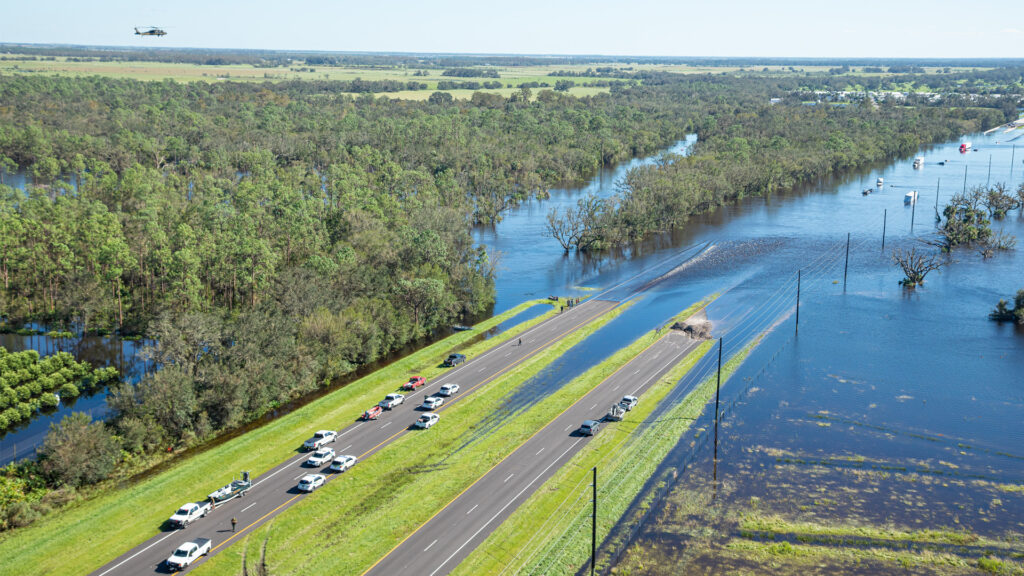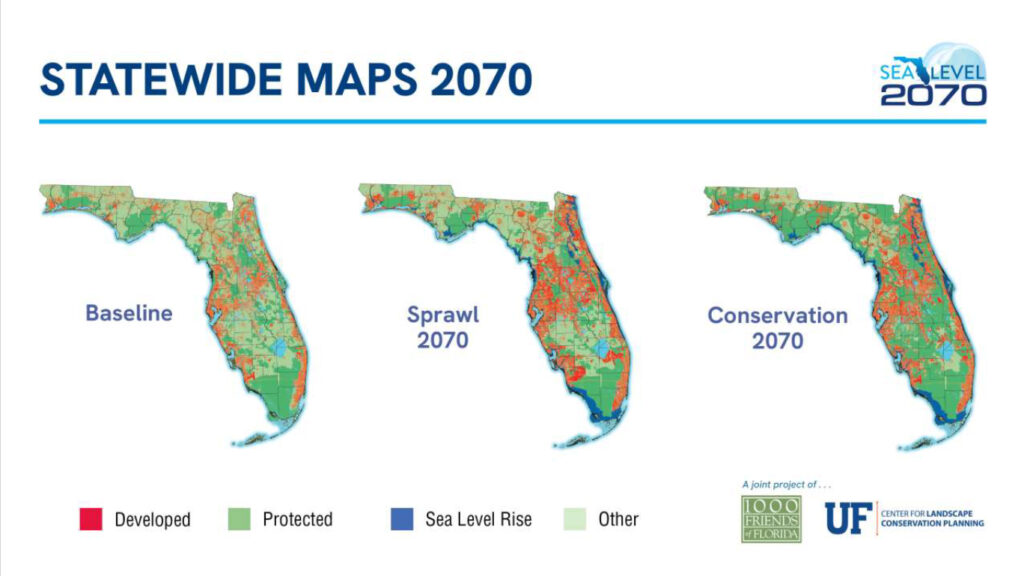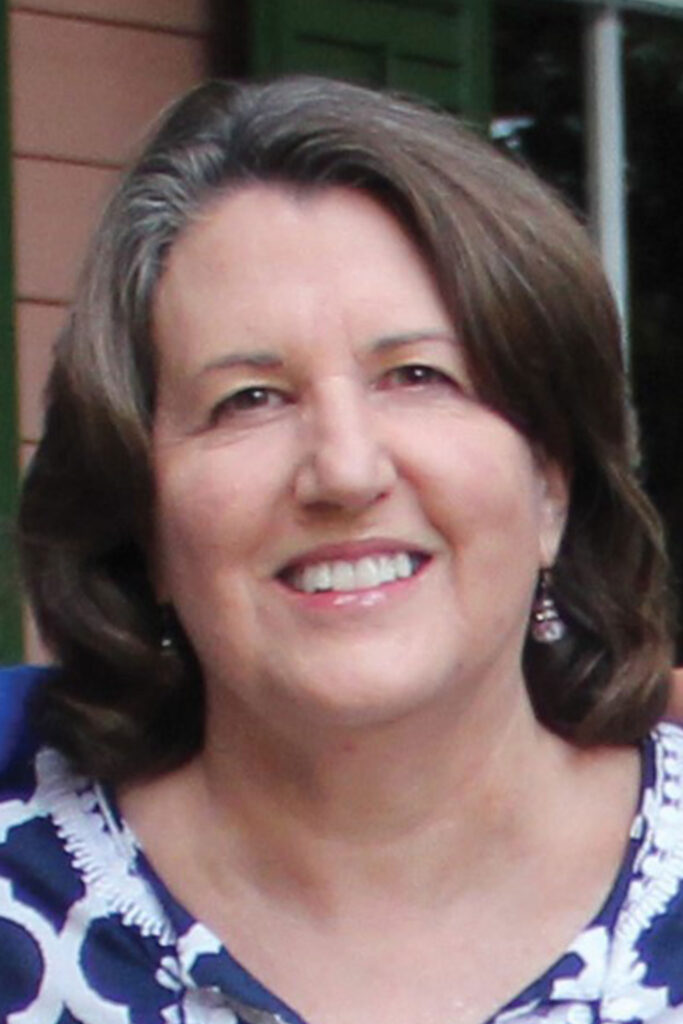By Vivian Young
Florida, it’s time to plan for the new normal
In the 1970s, an iconic commercial filled the airwaves promoting a margarine that was supposed to taste just as good as real butter. At the end, a hippie earth mother with flowers in her hair intoned, “It’s not nice to fool Mother Nature.”
Perhaps a more accurate statement is, “You can’t fool Mother Nature.”
But we keep trying anyhow.

After the impacts of hurricanes Ian, Nicole, Michael and more have dominated the headlines in Florida for several years now, our state seems to be having the same discussions: How quickly can we rebuild damaged and destroyed roads, bridges and homes, how soon can we armor our coasts to lessen future damage, when can we get back to “normal”?
Meanwhile, South Florida is staggering from an “unprecedented” 1,000-year storm event, with rainfall equaling that of a high-powered hurricane. Fort Lauderdale received almost 26 inches of rain over a 24-hour period, with more on the way. Hundreds have been rescued, the airport is closed through at least Friday morning, several exits on Interstate 95 have been shut and assessment of the full damage has yet to start.
While not on the same scale, residents of Volusia and Flagler counties lament that they could not rebuild their seawalls – damaged from coastal erosion caused by hurricanes Ian and Nicole – in time to stave off further damage from this week’s storm.

It is clear our changing climate is bringing increasing challenges to Florida. In March, 1000 Friends of Florida and the University of Florida Center for Landscape Conservation Planning released the GIS-based “Florida’s Rising Seas: Mapping Our Future.” Intended to guide Floridians to a clearer understanding of the vulnerability of our state’s lands, waters and communities to the combined impacts of population growth, sea-level rise and development patterns, this project underlines the need to better plan for the future.
The Sea Level 2040 component indicates that within two decades, Florida’s population could grow by almost 5 million more residents and lose a million acres of land to sea-level rise, resulting in the need to relocate more than 200,000 residents. Of course, South Florida would be hit particularly hard with more than 36,000 residents in Miami-Dade, 18,000 in Lee and 15,000 in Broward counties facing relocation.
By 2070, Florida could have more than 12 million more residents, 1.7 million acres of land lost to sea-level rise and more than 900,000 residents needing to relocate, with more than half of them in South Florida alone.

It’s time to pivot the conversation from returning to “normal” to identifying how to plan for the “new normal.” This involves tough conversations about where we should and shouldn’t allow development and redevelopment in Florida, whether it is sound public policy to continue taxpayer investment in roads and other infrastructure in vulnerable areas, how to protect natural lands that can buffer the impacts of storms and flooding in urban areas, and how to make “whole” residents who have experienced the trauma of losing everything.
Mother Nature is giving clear signals here. It’s time to listen.
Oh, and Chiffon Margarine? It hasn’t been on U.S. shelves for decades.
Vivian Young, AICP, is communications director for 1000 Friends of Florida and serves on the team for the Florida’s Rising Seas Project (1000fof.org/sealevel2040). 1000 Friends is a statewide not-for-profit organization that promotes planning strategies to save special places and build better communities in Florida.
If you are interested in submitting an opinion piece to The Invading Sea, email Editor Nathan Crabbe at ncrabbe@fau.edu.




It is definitely accurate to say that “You can’t fool Mother Nature.” But the same physics that makes this a true statement also tells us that there will be no “new normal” since this implies stability and repetition of past experiences. The only thing that will become normal and repetitious will be our experiencing shock and horror from ever more devastating events. I fear that a “new numb” will set in. The ability of people to adapt to an ever-declining situation is sad. As a whole, we do not react with alarm and bold action. We are the proverbial frog in the cooking water…although I seriously doubt that frogs actually sit passively in the water.